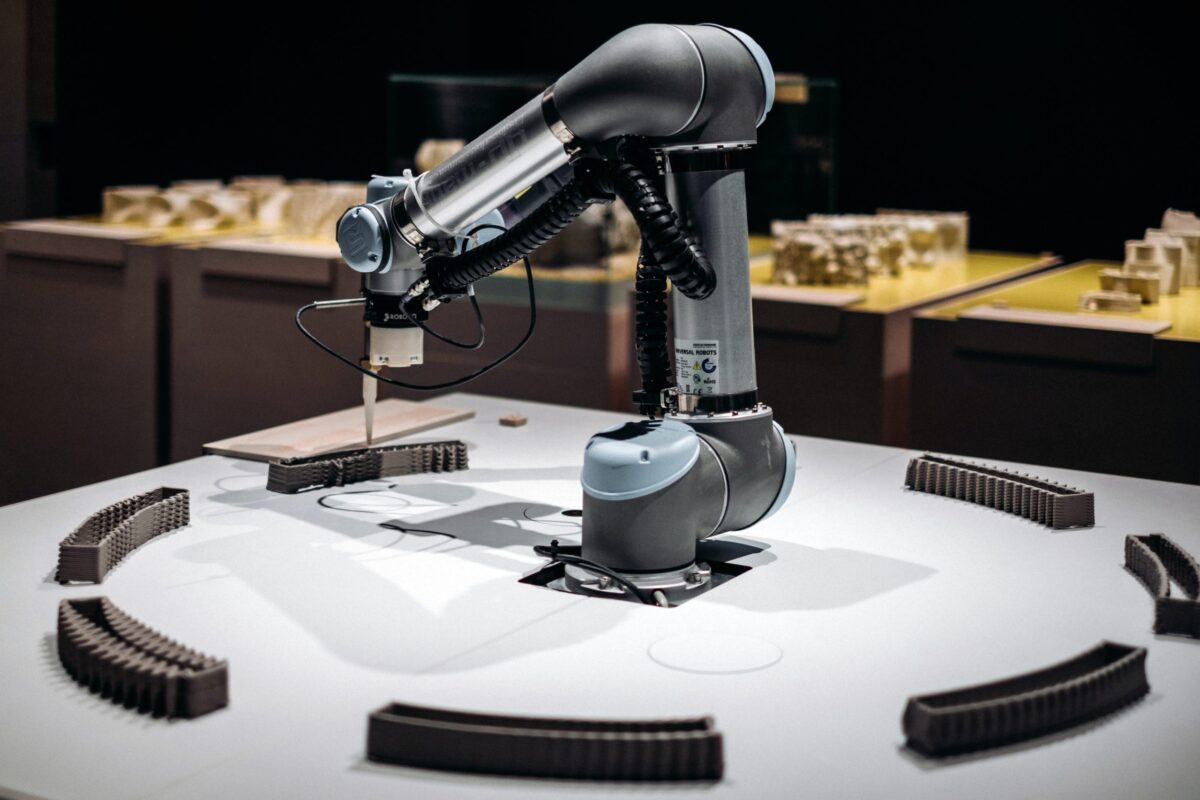

What does it take to lead effectively? “Leader” is such a broad term that encompasses so many traits—it’s difficult to answer with just one requirement. Then you have different meanings of leadership. Are we talking about political leaders, thought leaders, or band leaders?
For those of us who teach entrepreneurial culture and entrepreneurship, leadership means taking a business concept from idea to profit. In other words, it means to create a business and become a target for acquisition—setting a great example for your team along the way.
Here’s our short list of what it takes to be a good leader:
1. Be sensitive.
The ability to see opportunities before they come. The ability to see the effects of your actions beyond the present. And the ability to think up a solution to any problem, looking for answers. A leader recognizes the limits of their own skills and allows others to take charge and solve marketing and technical problems. They are humble enough to be open to others’ opinions who might have more experience in certain areas.
2. Be innovative.
The ability to examine a problem and come up with a solution. The willingness to try out your solution in the real world and start from scratch if necessary. A great leader knows that innovation doesn’t stop at the product—it continues to work through all challenges necessary to get the product to the market and keep it there.
3. Be tenacious.
The willingness to keep going even when the solution costs twice as much and takes twice as long. The wisdom to surround yourself with optimism, with people who believe in their solutions—giving them the encouragement to stick to it. A leader must also validate, recognize, and encourage their own people to keep going and improve. They must give clear direction and set standards for improvement. This way, everyone on their team thinks that progress is being made.
4. Be empathetic.
The ability to seek and understand what different people want in different relationships, whether it’s with customers, vendors, or employees. The ability to understand and satisfy each level of customer between them and their end-user. A good leader communicates others’ needs to their people in a way that they can relate to. Leaders focus on how satisfying their customers make sales happen.
5. Hustle!
The ability to quickly seize an opportunity. The willingness to seek and hire only those who hustle. A leader must have a sense of urgency to meet their customers’ deadlines as well as their own. They must have a sharp sense of priority in order to complete the tasks that must be finished first.
6. Be decisive.
The ability to not only make a decision but to also make a difficult decision. The ability to see that it’s more beneficial to make a decision on time with 50% of the data than to miss an important opportunity by waiting for 100%. With this skill comes the ability to admit making the wrong decision in order to learn from it. A good leader must give their people permission to make a mistake, as long as the mistake ends up improving the company’s policies and procedures—forever!
7. Share.
The willingness to share the wealth. The ability to find strategic allies who will profit from their success. And the desire to reach equity- and profit-sharing agreement with crucial teammates to secure their long-term buy-in, motivating them to make necessary sacrifices to find success. Leaders also share their obstacles with others, respecting their advice and encouraging them to participate in the problem-solving process.
There have been hundreds of books written on this, but from our real-world business experience and from working with other like-minded entrepreneurs, we’ve learned that these are the essentials!
Leaders lead. Everywhere. They lead their own people and they lead the market. Some people put leaders on a pedestal and glorify them. It isn’t easy being a leader. It comes with delayed gratification, anxiety, and just plain fatigue. Some of us may only remember those leaders who have succeeded. But every leader has failed in order to find success. They each have doubts and must bite the bullet. But thanks to all the leaders out there, we have a high standard of living, great jobs, and a certain level of security. Leaders can take a business from idea to profit. And they set an excellent example for anyone who follows them.
For more, read on: http://c-suitenetworkadvisors.com/advisor/michael-houlihan-and-bonnie-harvey/














